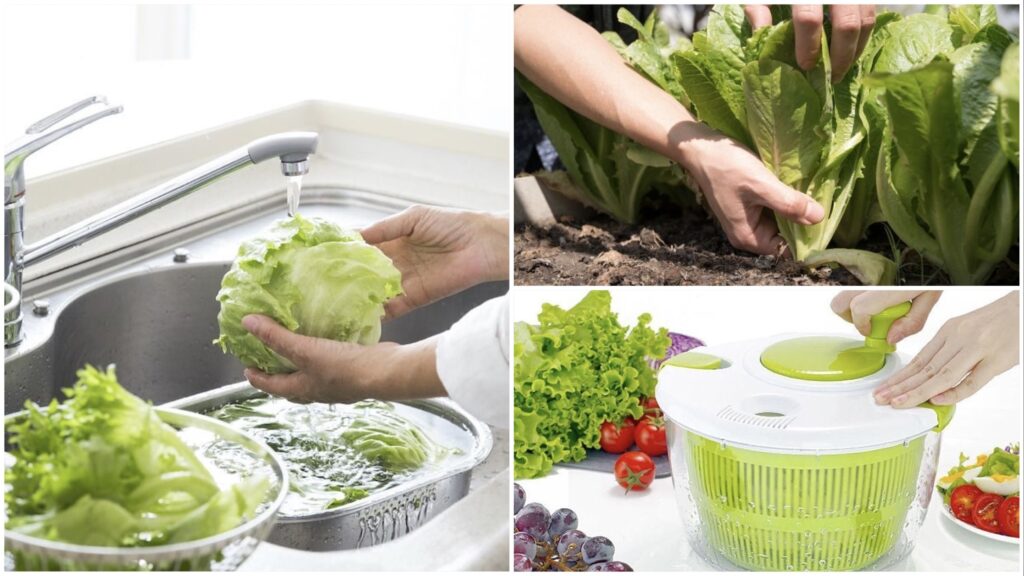Cleaning lettuce might sound like the kind of thing you do without thinking; perhaps a quick rinse is all that’s needed. But it doesn’t work that way. Leafy greens, many times, hold more dirt and bacteria than you’d guess. And if you’ve picked it straight from your backyard garden, it’s worse. Hence, the need for proper lettuce cleaning every time. That being said, let’s walk through how to clean lettuce the right way, with no tool requirements.
Why It’s More Than Just a Quick Rinse
Washing lettuce properly isn’t just about making it look good in your bowl. It’s about keeping your food safe. From harvesting fields to grocery shelves—or your garden—the journey of lettuce includes plenty of hands, and sometimes that means it brings along things like E. coli.
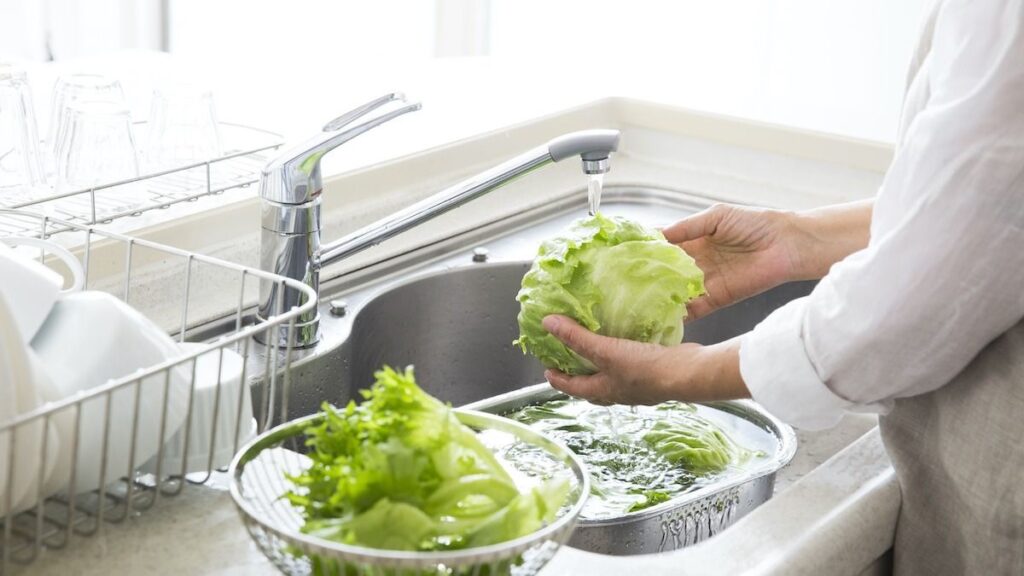
That’s why just running it under the tap won’t cut it. If you want crisp, tasty, and safe greens, knowing how to wash lettuce to kill bacteria is a step you can’t skip.
Simple Kitchen Tools That Make It Easier
You don’t need a professional kitchen setup to do this right. Just a few basic kitchen tools for cleaning, such as a large bowl, a colander, or even a clean dish towel, can transform your lettuce-cleaning game. A sharp knife is also handy, especially for separating the leaves so you can remove the grit. A salad spinner is great if you have one, but don’t sweat it if you don’t.
The Salad Spinner
If you’ve got a salad spinner, you’re already ahead of the game. These little gadgets are like the washing machines of the veggie world. Simply tear or chop your lettuce, toss it into the basket, rinse it under cold water, and then spin it dry.
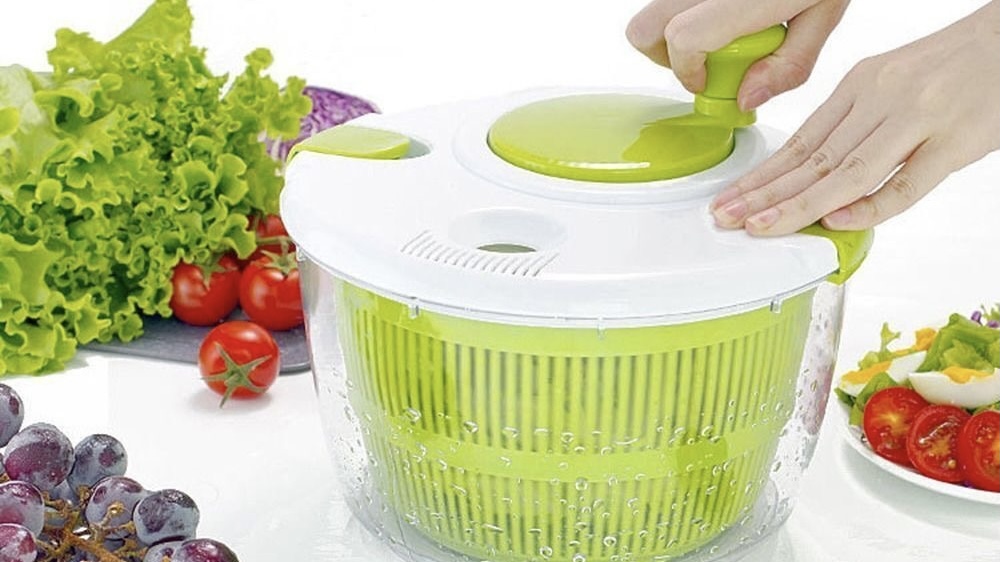
Just like that, you’ll have dry, crisp leaves without the bruises. It’s hands-down one of the easiest ways to prep lettuce, especially if you’re making salads on the regular.
No Spinner? No Problem
Yes, having a spinner is gold when it comes to cleaning your lettuce, but look, not everyone owns a salad spinner, and that’s perfectly fine. Grab a big bowl, fill it with cold water, and toss your lettuce in. Swish it around gently to loosen dirt. Then lift the leaves out and place them on a clean dish towel or paper towels. Gently pat them dry or roll them up like a lettuce burrito to get the excess moisture out. Easy, right?
Keeping Lettuce Fresh After You’ve Cleaned It
Okay, now that you’ve cleaned your lettuce like a pro, the next question is, how do you keep my chopped salad fresh? The trick is to ensure it’s completely dry before storing.
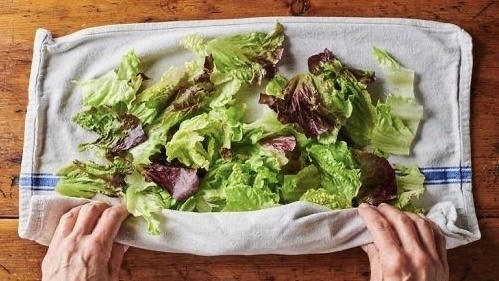
Wrap the leaves in a paper towel and pop them into a sealed container or zip bag in the fridge. That paper towel soaks up lingering moisture, helping your greens stay crisp for days.
Common Mistakes That Ruin All Your Hard Work
It’s easy to mess this up, even when you mean well. One of the biggest no-nos is washing your lettuce and keeping it in the fridge while it’s still damp. Also, avoid letting it soak too long; it’ll lose its texture. Cold water is your friend here—it helps firm things up. Bottom line? The way you clean lettuce matters, but how you store it matters just as much.
Garden-Fresh Lettuce Needs Extra TLC
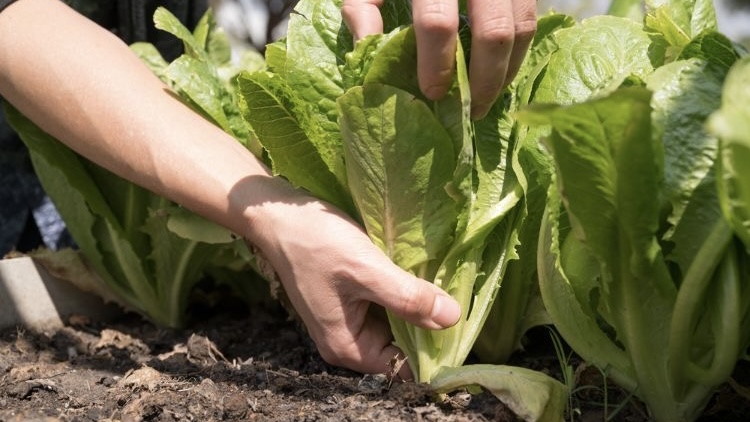
If your lettuce came from your own vegetable garden, it’s going to need a bit more scrubbing because of dirt and bugs. Try soaking the leaves in a bowl of vinegar water or salt water for a few minutes.
This helps loosen everything and kills off any stubborn bacteria. Then give it a final rinse in plain water. This method has been passed down from garden grannies, and for good reason—it works.
One Trick Works for More Than Just Lettuce
Once you get the hang of this lettuce routine, you’ll realize the same steps work wonders for other produce too. That swish-and-soak method also works perfectly to keep your berries fresh for longer. Drying things well before refrigerating? A must for herbs and greens. It’s like a universal cleaning code for your fridge. So don’t stop at lettuce—spread the love and give your whole produce haul a longer, tastier life.
Final Thoughts?
At the end of the day, cleaning your lettuce properly might not feel like a big deal, but it is. It’s one of those small steps that quietly upgrade your food. From fewer germs to more crunch, it all starts with how you wash those leaves.
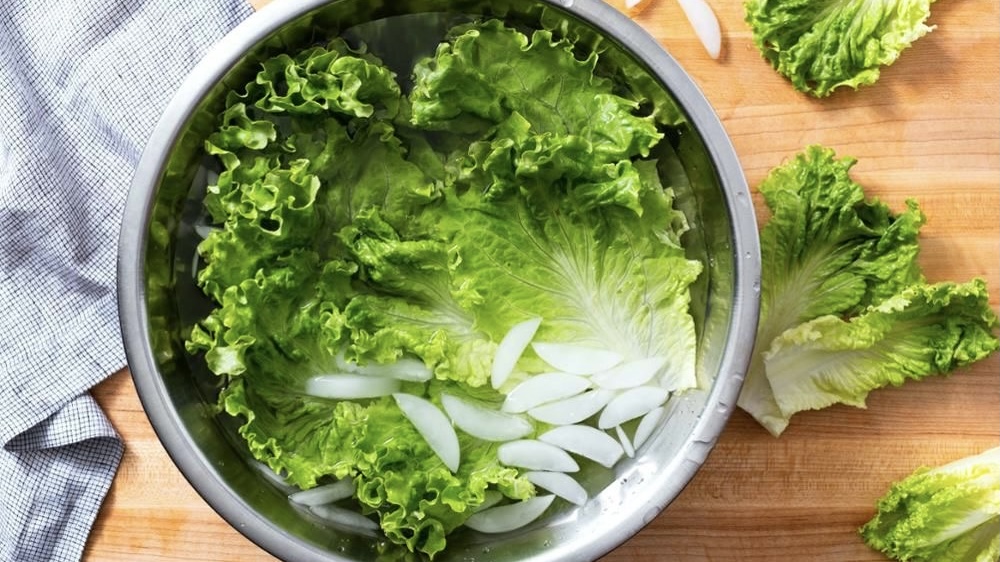
So, next time you reach for that head of romaine or a bunch of butter lettuce, give it the cleaning it deserves by using one of the lettuce washing techniques we just shared. Your taste buds and tummy will thank you.
